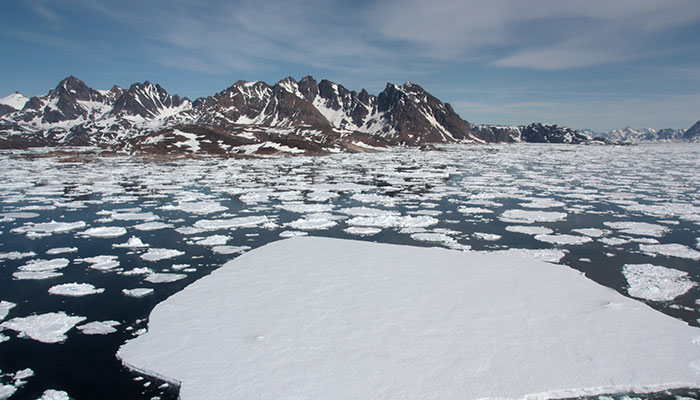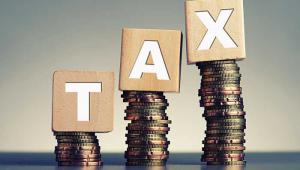The most detailed study yet of the economic consequences of a melting Arctic indicates that the release of methane and carbon dioxide from thawing permafrost will greatly accelerate global warming.
The Arctic mechanism would increase the global cost of environmental destruction, adaptation and emissions reduction by $70tn between now and 2300 – equivalent to almost the entire current global GDP.
The paper, compiled by an international team of researchers and published today in Nature Communications, is the first to calculate the economic impact of melting permafrost.
It also considers the reduced ‘albedo’ – the reflection of light hitting the Earth’s surface without being absorbed – that is caused by melting ice, which leads to higher solar absorption and hence even more warming.
The research indicates that under different future global warming scenarios, the combined effect of these factors could add up to $70tn to the cost of tackling climate change.
This figure is 10 times higher than any projected benefits from melting Arctic, such as the advantages to shipping of easier navigation and the new access to minerals under the ice.
The paper, ‘Climate policy implications of non-linear decline of Arctic land permafrost and other cryosphere elements’, is based on highly advanced computer models of what could happen as stocks of CO2 and methane trapped in the permafrost are released.
On current trajectories of 3 °C of warming by the end of the century, melting permafrost is expected to release 280 gigatonnes of carbon dioxide and 3 gigatonnes of methane, which has an impact on the climate that is up to 20 times stronger than CO2.
The research argues that if countries do not improve on their commitments to cut emissions under the Paris climate agreement, the Arctic feedback mechanism will amplify global warming and the cost of tackling it by nearly 5%.
There is a consensus among scholars that such changes would also fuel global inequality because the economic burden is likely to be borne by countries in poorer regions that are most vulnerable to a rise in temperatures.















